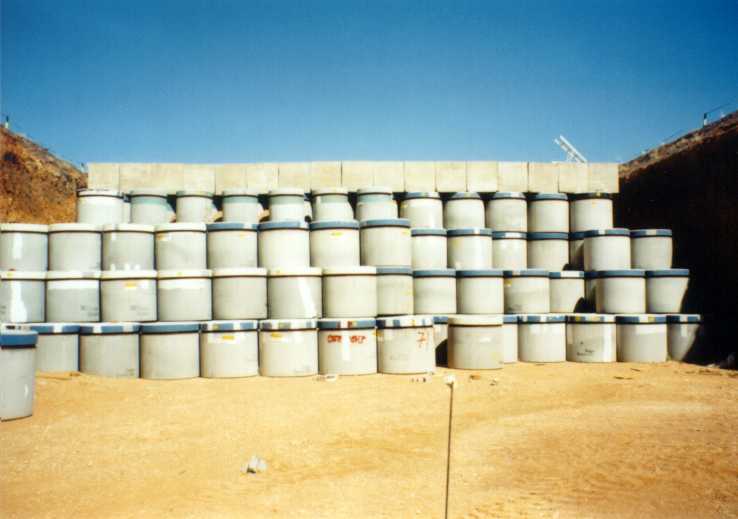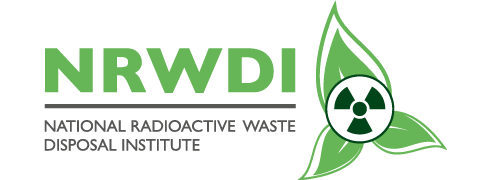Waste Classification Scheme
Categorisation of Radioactive Waste
The National Radioactive Waste Classification Scheme (refer to Radioactive Waste Management Policy and Strategy for the Republic of South Africa (DoE, 2005)) establishes the criteria used to define and classify radioactive waste, as well as the generic waste treatment/conditioning requirements and possible disposal/management options.

The radioactive waste categorization process entails segregation of waste in terms of origin or specific source material, a combination of radiological, chemical, mechanical, thermal and biological properties and waste class. These characteristics are used to categorise the wastes in order to determine the applicable processing technology that will be used to render the final waste matrix acceptable for packaging, storage and final disposal at Vaalputs. The aim of this categorization scheme is to:
- Allow for sorting of waste in terms of origin and similar properties or characteristics that dictate the waste management process.
- Ensure that wastes with similar properties and characteristics follow similar waste management processing steps and are subjected to similar waste endpoints.
- Ensure standardization of the waste management and waste handling processes.
- Allow for optimization of the waste management process where there are different waste producers.
- Support nuclear liability assessment of wastes.
The Radioactive Waste management Policy and Strategy for the Republic of South Africa, 2005, bases the classification scheme on six waste classes (IAEA GSG-1):
Heat-generating radioactive waste with high long-and-short-lived radionuclide concentrations.
Long lived radionuclide concentrations exceeding limitations for short lived.
Restricted long lived radionuclide concentrations (limitation of long lived alpha emitting radionuclides to 4000 Bq/g in individual waste packages and to an overall average of 400 Bq/g per waste package).
Radioactive Waste containing very low concentration of radioactivity.
(Low Activity) Potential radioactive waste containing low conetrations of NORM.
(Enhanced Activity): Radioactive waste containing enhanced conetration of NORM.
The Policy allows the following waste management options: regulated disposal, authorized disposal/discharge, authorized re-use/recylcing. regulated reporcessing, regulated storage and clerance.
{"cpt":"blog","style":"2","columns":"1","show":3,"order":"DESC","orderby":"DESC"}
